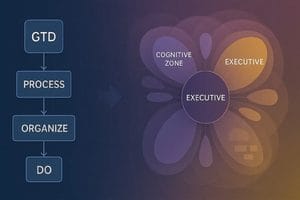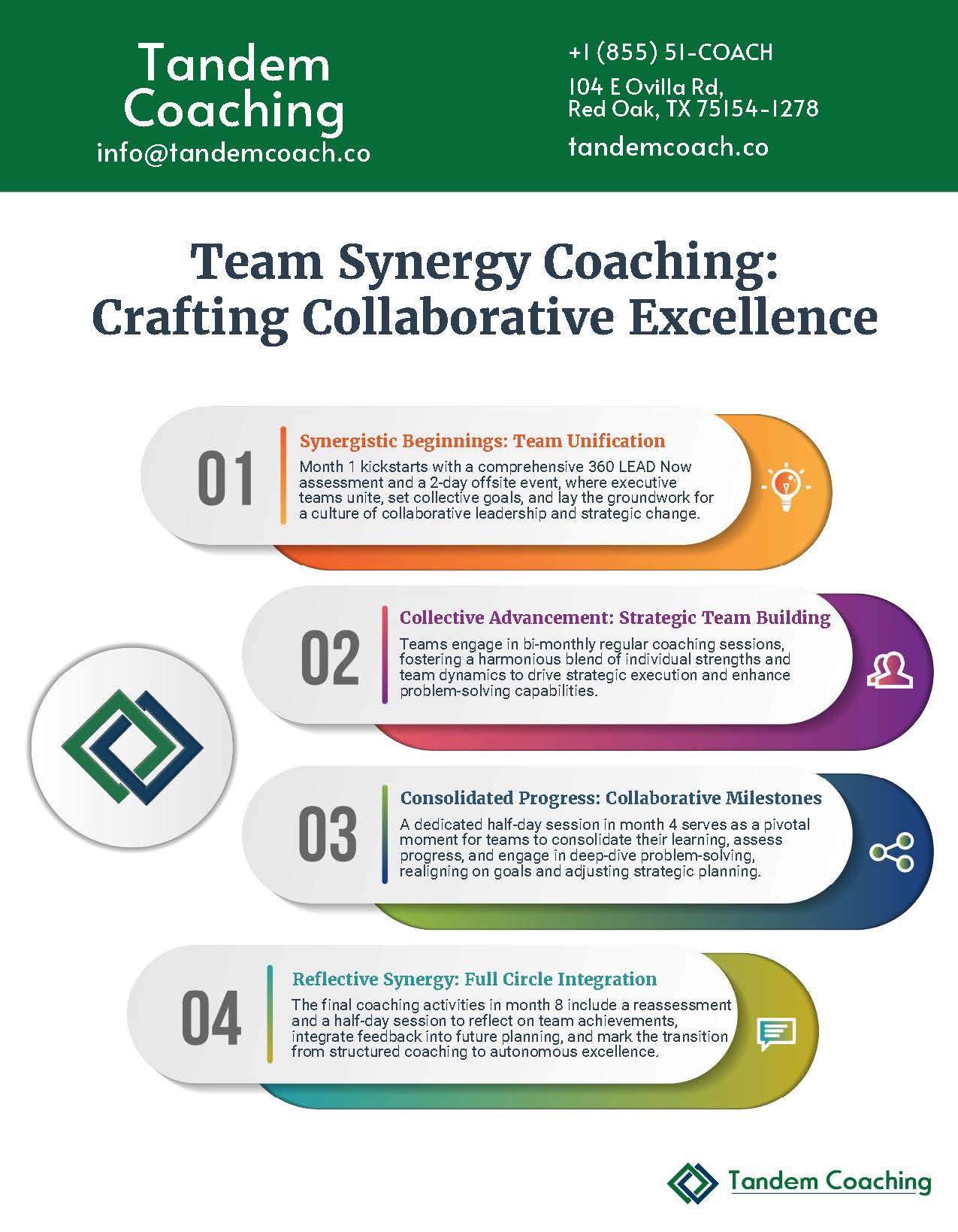Employees who receive meaningful feedback are 3.6 times more likely to be engaged at work. Specifically, 80% of employees who reported receiving meaningful feedback in the past week are fully engaged in their roles.
Providing effective feedback for your leaders is not always easy, but it is always worth the effort. When done right, it can improve performance, foster development, and strengthen relationships within your team. This guide covers the ins and outs of delivering impactful feedback, complete with practical examples and methods.
TL;DR – How to Provide Leadership Feedback
To give effective leadership feedback, there are a few things to take into consideration:
- Be specific
- Be timely
- Be balanced
- Be objective
- Be supportive
We’ll go into detail on each of these aspects below.
Ready to start your Leadership Development journey? Contact us now and learn vital leadership skills like giving effective feedback, goal setting, and strategic thinking.

What is Leadership Feedback?
Leadership feedback is a useful leadership development tool that involves providing constructive insights to leaders about their performance and behavior. The goal is to help leaders recognize their strengths and identify areas for improvement, ultimately enhancing their effectiveness. Several models are used to structure feedback, ensuring it is specific, actionable, and fosters growth.
Several models can be used for giving effective leadership feedback. Here’s an overview:
1. SBI Model (Situation, Behavior, Impact)
Description: By giving context and sharing an observed behavior, this feedback method sets the scene for the important part: the impact of the respective behavior in the given situation. This method is beneficial in situations where impact is dependent on context.
Example:
- Situation: “During last week’s team meeting…”
- Behavior: “You interrupted Jane several times while she was speaking.”
- Impact: “This made it difficult for her to share her ideas and may have discouraged her from participating fully.”
2. GROW Model (Goals, Reality, Options, Way Forward)
Description: This feedback method basically has the same elements as a coaching session: what do we want to achieve today? Where are we now with respect to this goal? How can we get from here to there? What are the concrete next steps?
Example:
- Goals: “What are your main objectives for leading this project?”
- Reality: “Currently, we have missed several deadlines, and the team seems unsure about their roles.”
- Options: “What strategies could we implement to clarify roles and improve time management?”
- Way Forward: “Let’s decide on a new project timeline and schedule regular check-ins to monitor progress.”
3. CEDAR Model (Context, Examples, Diagnosis, Actions, Review)
Description: This model is most suitable when giving feedback on the quality of performance. It is analytical and focused on providing the recipient a solution and way forward. The fact that a review step is added ensures sustainable change.
Example:
- Context: “During our recent client presentation…”
- Examples: “You appeared unprepared and struggled to answer several key questions.”
- Diagnosis: “It seems this might be due to a lack of preparation or understanding of the client’s needs.”
- Actions: “Let’s arrange for additional training on client interactions and preparation.”
- Review: “We’ll review your performance in the next client meeting to see improvements.”
4. HIP Model (Humble, Immediate, Private)
Description: This model feels more peer-to-peer, so it’s well-suited to organizations with a flatter hierarchy. Humility reduces the power gap. The fact that feedback is given promptly and privately helps to create a safe space and relevance.
Example:
- Humble: “I might not have all the details, but I noticed an issue in the recent report…”
- Immediate: “I wanted to discuss this with you as soon as possible to address it quickly.”
- Private: “Can we talk about this privately to avoid any unnecessary attention?”
5. DESC Method (Describe, Express, Specify, Consequences)
Description: In this model, the feedback is broken down into bite-sized chunks that are easier to digest. Focusing on positive rather than negative consequences in the last part ensures that the feedback motivates the recipient to make a change.
Example:
- Describe: “I’ve noticed you often arrive late to our meetings.”
- Express: “This disrupts the flow of our discussions and sets a bad example for the team.”
- Specify: “I’d like you to make an effort to be on time from now on.”
- Consequences: “This will help us start meetings promptly and maintain a productive environment.”
6. Radical Candor (HIP and CORE)
Description: Radical Candor is about being open and honest while encouraging and showing care. A combination of the HIP (Humble, Immediate, Private) and CORE (Context, Observation, Result, Expected next steps) is used to ensure the recipient understands the change they need to make.
Example:
- HIP: “I care about your development and want to be straightforward with you.”
- CORE: “You’ve consistently delivered high-quality work on this project (Context & Observation), which has improved our project’s success (Result). I believe taking on more challenging tasks could further enhance your skills (Expected next steps).”
7. COIN Model (Context, Observation, Impact, Next Steps)
Description: There are four steps to the COIN Model. They are:
- Context: Describe the situation you are giving feedback about. Where and/or when did this happen? What was the event or occasion?
- Observation: Concentrate purely on observation. What did you really see and hear? What are the facts? Stay away from interpretation or emotions in this step.
- Impact: What effect did this action have on you, on others, or on the goals? What consequences have their actions brought about?
- Next Steps: Find a way forward together and a solution to work towards. What can you agree on as the next steps? What can they commit to?
Example:
- Context: “During last month’s team project…”
- Observation: “You missed several key deadlines.”
- Impact: “This delayed the project’s overall progress and put additional pressure on the rest of the team.”
- Next Steps: “Let’s work on setting more realistic deadlines and ensure regular check-ins to track progress.”

What is the Leadership 360 Feedback Method?
The Leadership 360 Feedback Method is a comprehensive feedback system in which several stakeholders (e.g., peers, subordinates, and supervisors) who work with one of your leaders regularly give anonymous feedback on their leadership. The name comes from 360 degrees, which makes a full circle, meaning the leader gets feedback from all perspectives.
This holistic view helps you and the leader gain a deeper understanding of their impact and effectiveness. It also shows them how congruent their image of themselves is with the image that others have of them.
360 Feedback can be collected online or through personal interviews with the respective stakeholders. At Tandem Coaching we offer 360 feedback as both group/team coaching sessions and – more formally – through the use of the Stewart Leadership LeadNow! 360 assessment.
Leadership 360 Feedback Examples
- Peer Feedback: “I appreciate your collaborative approach in our meetings. It encourages open dialogue and team cohesion.”
- Subordinate Feedback: “Sometimes, your feedback feels too critical. A more balanced approach might help boost team morale.”
- Supervisor Feedback: “Your strategic planning skills are exceptional. Let’s focus on developing your delegation abilities to maximize team efficiency.”

Importance of Leadership Feedback
Providing relevant and timely feedback to your leadership team is part of a good leadership development strategy. By giving your leadership feedback, you encourage them to improve continuously and identify blind spots in their performance.
It strengthens the relationships between leaders and their teams, promoting a culture of transparency and trust within the organization.
Additionally, giving effective feedback drives organizational success by ensuring that your leaders are aligned with their goals and can adapt and grow in response to constructive insights.

Different Types of Leadership Feedback
There are several types of feedback for team leaders, each suited to different contexts.
- Formal Feedback: Occurs during structured evaluations like performance reviews, offering comprehensive and documented assessments based on predefined criteria.
- Informal Feedback: Happens in day-to-day interactions, such as quick comments or observations during meetings, addressing issues in real-time.
- Self-Assessment: Encourages your leadership team to reflect on their own performance, promoting self-awareness and personal growth.
- Peer Feedback: Comes from colleagues at the same hierarchical level, providing a unique perspective and fostering a collaborative environment.
- Subordinate Feedback: Gathered from team members who report to the leader, offering insights into the leader’s impact on team morale, productivity, and engagement.

How to Provide Leadership Feedback Effectively
Creating a supportive feedback culture, which is characterized by regular performance feedback, trust in management, and open communication, will lead to a positive team climate that enhances both individual and team effectiveness according to this study.
When providing leadership feedback, make sure that the feedback is effective and constructive. This means going beyond just pointing out what went wrong or right. Thoughtfully delivered feedback can help your leaders improve their performance, build stronger teams, and achieve better results. Here are key principles to follow:
Be Specific
Effective feedback zeroes in on particular behaviors or incidents rather than generalities. This specificity helps the recipient clearly understand what actions are being discussed and how they can be improved.
For instance, instead of saying, “You need to communicate better,” you could say, “During yesterday’s meeting, you cut off John twice while he was speaking, which prevented him from sharing his ideas fully.”
Be Timely
Timeliness in feedback is crucial for its relevance and impact. Providing feedback close to the event ensures that details are fresh in both the giver’s and receiver’s minds, making the feedback more accurate and actionable.
For example, by addressing a missed deadline immediately after it happens rather than weeks later, you can encourage quicker adjustments and prevent the issue from happening again.
Be Balanced
When giving balanced feedback, you include both positive reinforcement and constructive criticism. This way, you acknowledge what the leader is doing well and highlight areas for improvement.
For example, “I appreciate how you confidently handled the client presentation. However, I noticed that some key points were missing. Let’s work on incorporating those next time.”
Be Objective
Objective feedback is based on observable behaviors and facts rather than personal opinions or emotions. Using objectivity helps reduce defensiveness and the recipient to see the feedback as fair and unbiased.
For instance, instead of saying, “You seem disorganized,” you could say, “I noticed that the project files were not arranged systematically, which made it difficult to find the necessary documents.”
Be Supportive
Supportive feedback provides guidance and solutions rather than just pointing out flaws. It shows that you are invested in the recipient’s growth and are willing to help them improve.
For example, “I noticed your reports have been coming in late. How about we schedule a weekly check-in to ensure you’re on track?”
By adhering to these principles, you create a feedback environment that is clear, actionable, and encouraging.
If you would like to improve your feedback skills, contact us now.

Challenges in Giving Feedback
There are several potential challenges when you give feedback. These include:
- Emotional Reactions: Fear of negative responses.
- Bias: Allowing personal feelings to influence feedback.
- Clarity: Struggling to articulate feedback clearly and concisely.
- Timing: Finding the right moment to provide feedback.
- Follow-Up: Ensuring feedback leads to actionable change.
To avoid these, follow the guidelines for effective feedback given above.

Frequently Asked Questions (FAQs)
Here are some of the questions we typically get about leadership feedback:
What are Some of the Best Leadership Feedback Questions?
There are a lot of great questions. Here are three you can ask yourself:
- “What are my strengths as a leader?”
- “How can I improve my communication with the team?”
- “Are there areas where I can delegate more effectively?”
Answer these questions honestly. If you are unsure, check with someone who has been working with you for a while for input.
What are Examples of Constructive Feedback?
- “Your attention to detail is excellent, but sometimes we miss deadlines. Let’s work on balancing precision with timeliness.”
- “I appreciate your enthusiasm, but some team members feel overwhelmed. Can we discuss ways to manage workload better?”
- “I value your feedback, but I would love to discuss what specific areas I can improve on. Clear expectations would help me align my efforts with your vision.”
Conclusion
Effective leadership feedback is a powerful tool for growth and development. Understanding and implementing the right strategies can create a productive environment where your leaders and their teams thrive.
Would you like to up your Leadership Development game? Connect with us now to get started.


















